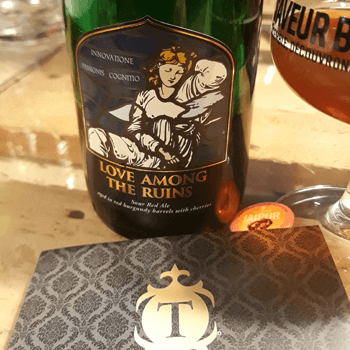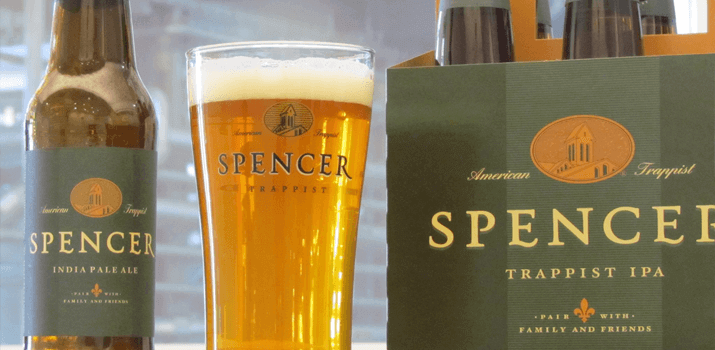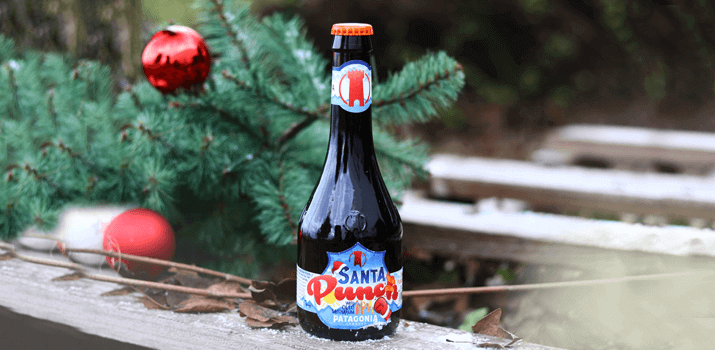
What Are "Off Flavours" In Beer?
Off flavours in beer are, for the most part, self-explanatory...they are flavours in your beer that just taste a little off. These unpleasant tastes or smells in flawed beer typically comes from a mistake in the brewing, bottling/canning, storing or even serving processes. It's also important to know that some flavours that may seem off or unpleasant actually do serve a purpose in certain beer styles, and just because you might not enjoy particular flavours (such as bitterness, chocolate, or pine), doesn't mean that the flavours are "off." While brewers try their best to brew a perfect batch every time, sometimes mistakes happen along the way. Below is a list of some common off-flavours and what they taste like:
Most Common Off Flavours
Diacetyl:
Appropriate in small amounts in pale ales and stouts, it tastes like butter, butterscotch, or buttered popcorn. This flavour is welcomed in some wine styles, but should rarely be present in beer. It's never any good in most lagers and would be a sign of improper brewing techniques. Reasons for this off flavour:
- A compound called "vicinal diketones" (VDKs) is created during fermentation and is a precursor to the diacetyl flavour. If beer isn't fermented long enough, the yeast doesn't have enough time to absorb the VDKs.
- A bacterial infection can cause this flavour. Often common in draft beer caused by poor hygiene and cleaning processes.
DMS:
Expected in some pale lagers like American lights, Dimethyl Sulphide tastes like cooked corn or tomato sauce, oysters, or cabbage. Proper brewing will make sure this compound evaporates out of your beer. Reasons for this off flavour:
- Grain that germinated during the malting process
- Bacterial infection or wild yeast
Acetaldehyde:
Low amounts of this compound are ok in beers like a Biere de Garde but if anything else tastes like green apples or paint then acetaldehyde is present. Reasons for this off-flavour in beer:
- Beer was fermented at too high of a temperature
- The brewer pitched (or added) too much yeast to the batch
- The beer fermented too quickly
- A wort transfer happened before acetaldehyde could be converted into ethanol
Cheese:
Very bitter IPAs can have a hint of cheese but beers that taste like stale cheese or sweaty socks have high levels of isovaleric acid. With time, this off flavour could mellow out but might not completely disappear. Reasons for this off flavour:
- Oxidation of the alpha acids in hops - i.e., old hops were used to make the beer
- Bacterial infection
Medicinal:
No beers should ever taste like mouthwash, antiseptic or plasters. Reasons for this off flavour:
- Chlorophenols from chlorinated water or bleach-based cleaners got in contact with the beer
Butyric Acid:
If your beer tastes like baby puke then it contains butyric acid, an off flavour that is never appropriate. Kettle sours are commonly prone to this nasty flavour because sour mashing is an ideal environment for this infection to grow. Reasons for this off flavour:
- Infected with clostridium butyricum bacteria during the wort production phase
- Infected during packaging, often due to poor sanitation practices
Oxidation:
Oxidation presents itself as tasting like wet cardboard or paper, or tastes and smells stale or like an old book. Otherwise, this flavour should not be present. If your English Old Ale has a hint of sherry-like oxidation, that's acceptable. Reasons for this off flavour:
- Usually caused by aging.
- Beer exposed to more oxygen, especially in warmer storage areas.
Hydrogen Sulphide:
Classic ales from Burton-on-Trent can have a sulfur-like character from hydrogen sulfide that is known as Burton Snatch. Smells of rotten eggs or sewage are unappealing but go away quickly after serving.Reasons for this off flavour:
- Not fermenting long enough - not enough released CO2 to remove the hydrogen sulfide
- Fermenting beer for too long. (brewers need to find the happy medium!)
- Poor yeast strains or stressed out yeast
- Bad sanitation practices
Lightstruck:
When beers in green or clear bottles are put in contact with sun or fluorescent light, a photochemical reaction with the hops takes place and it tastes like burned rubber or skunk. To avoid this off-flavour, be sure to store green or clear bottles in a cool place. When you're drinking beer from a glass, keep it out of direct sunlight whenever possible, especially if it's a heavily hopped beer such as an IPA. Avoiding this off flavour is one of the many benefits of canned beer.
Acidic:
If you're not drinking a lambic, gueuze or other purposely-sour beers with wild yeast strains then you shouldn't taste vinegar in high concentrations, which would be indicative of an acetobacter infection.Reasons for this off flavour:
- Bacterial infection
- Wild yeast infection
This isn't a list of all possible off flavours in beer, but it's certainly some of the most common flavours you might encounter on your beer journey. Luckily, most commercial beers and craft beers brewed in large batches are void of these flavours. You're more likely to come across some of these off flavours when sampling your mate's first batch of homebrew or an experimental brew gone wrong. On the plus side, being able to detect some of these flavours is one of the first steps to becoming a bonafide beer snob! Cheers!





